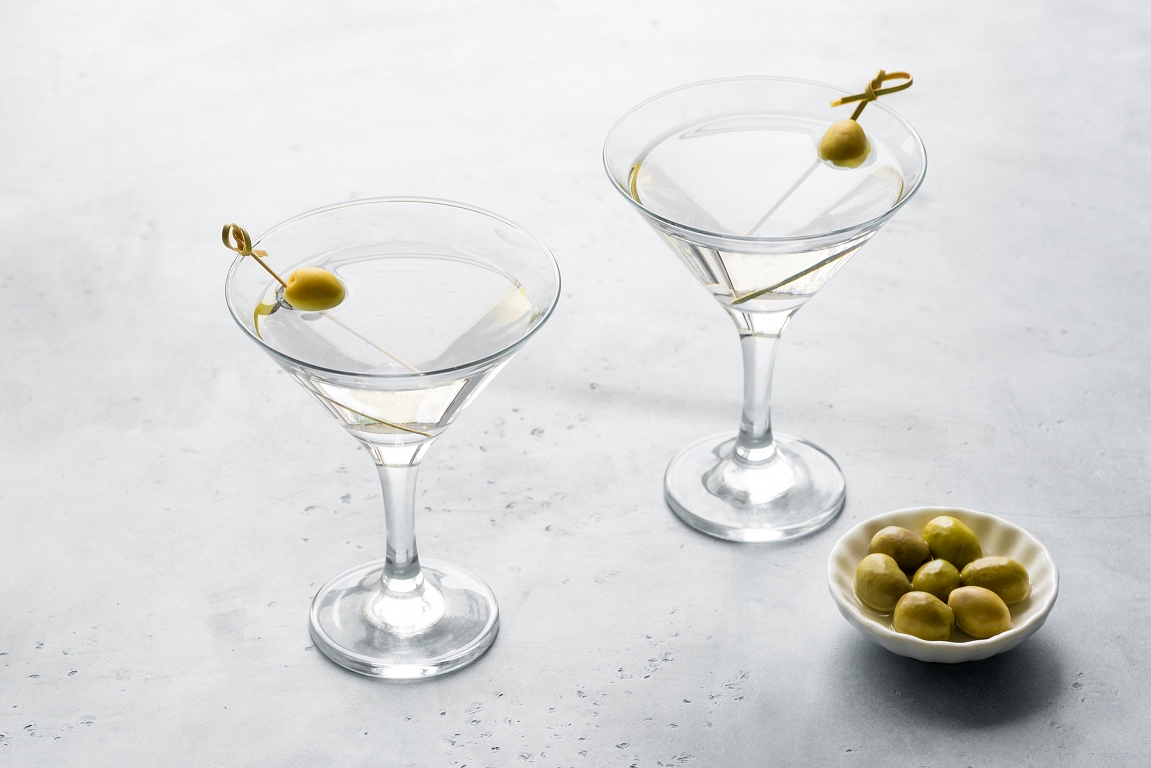White vermouth / day

With the soul of the Mediterranean
The white vermouth world is fragrant, sophisticated and rich in history. The white vermouth is a flavored wine that begins in ancient Rome. This drink combines the subtlety of wine with the healing power of herbs, herbs and spices, offering a bouquet of light and refreshing aromas and flavors, perfect for enjoying warm spring and summer evenings.
Wine with spices
The roots of the vermouth can be found in the ancient world, where wine was used to flavor grasses for both taste improvement and for therapeutic purposes. The time and place of modern vermouth is considered to be the late 18th century Italy – Turin became the homeland of this drink.
Antonio Benedeto Carpano is considered the father of vermouth. He created a new drink by mixing white wine with wormwood (Artemisia Absinthium) as well as with various herbs and spices. The result was flavored and reinforced wine, which he called « Vermut », referring to the German word « Wermut », which means « wormwood ».
His invention started the Italian vermouth tradition in 1786, which later inspired other brands, such as Martini, Cinzano, Gancia etc.
Initially, vermouth was used as an aperitive to encourage appetite before meals. But in the 20th century it conquered the world of cocktails, becoming the main ingredient in classic drinks, such as Martini, Manhattan, Negroni and Americano.
Most important – balance
Making vermouth is a delicate process where the most important thing is the balance between the ingredients. Neutral white wine with a gentle character is usually used for base wine. The wine is strengthened with neutral alcohol to increase the shelf life and highlight the taste. Then the drink is flavored – adding bittermils (wormwood, gentian), flowers and herbs (chamomile, elderflower flowers, lemongrass, vanilla, bay leaves, orange peel). Finally, the vermouth is sweetened – the white vermouth is slightly sweetened, usually with sugar syrup or caramelized sugar.
In some cases, vermouth is matured in wooden barrels or steel tanks for flavors in « married ». The result is a aromatic, sweet but elegant drink that can be enjoyed in pure form and cocktails.
Four bouquets of flavors
There are several types of vermouth: sweet (red), dry (often used in Martini cocktails), pink and white, or bianco.
The white vermouth is distinguished by its delicate sweetness, flowery aroma and light golden shade. It is fastened to about 15-18 volumes of alcohol, making it more durable than ordinary wine, but still easy to enjoy.
The white vermouth is different in that it contains slightly more sugar (on average 100-150 g/l), but is still not excessively sweet. It creates a great balance between bitterness, sweetness and herbs.
The white vermouth has the following taste properties: At first, the taste is gentle sweetness, elderberry and vanilla notes, then floral aromas, herbs, a touch of citrus fruits. In conclusion, there is a light bitterness of bitterness, a refreshing aftertaste.
How to enjoy it?
It can be enjoyed in pure form, chilled in a glass of ice and/or a slice of orange or lemon.
The white vermouth can be enjoyed before a meal as an aperitif – the perfect spring and summer season. White vermouth is also very good in cocktails.
Bianco spritz: white vermouth + soda water + ice + mint.
Martini Bianco & Tonic: Like gin with tonic but softer.
White vermouth matches with cheeses, fish, light snacks (olives, anchovies, seafood).
The most popular brands
Martini Bianco – Classic with vanilla notes.
Cinzano bianco – Refreshing, with citrus and herb nuances.
Noilly prat – French origin, dry and with a more spicy profile.
Dolin Blanc – Elegant bar favorite with sophisticated flowering.







